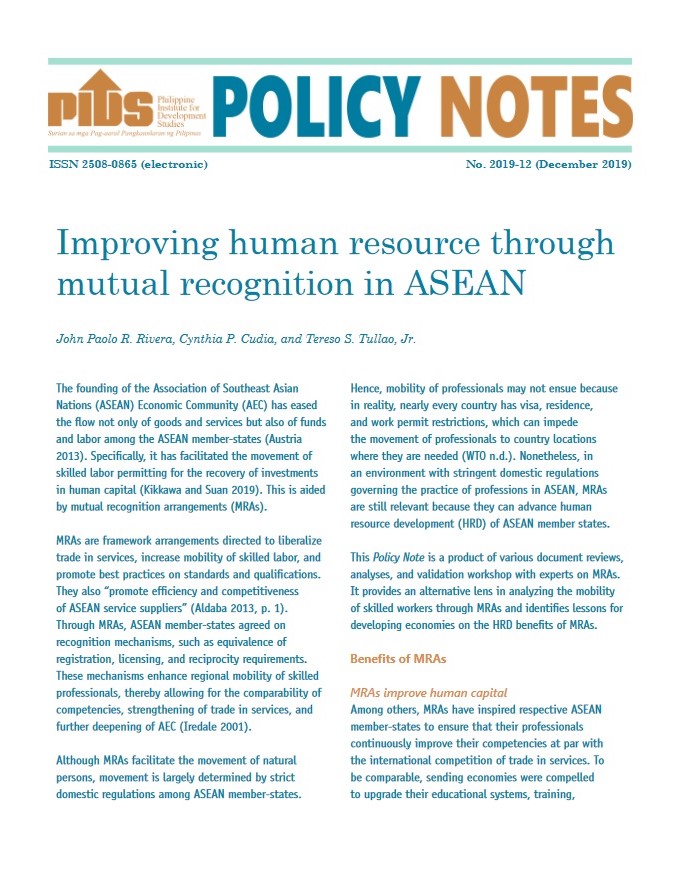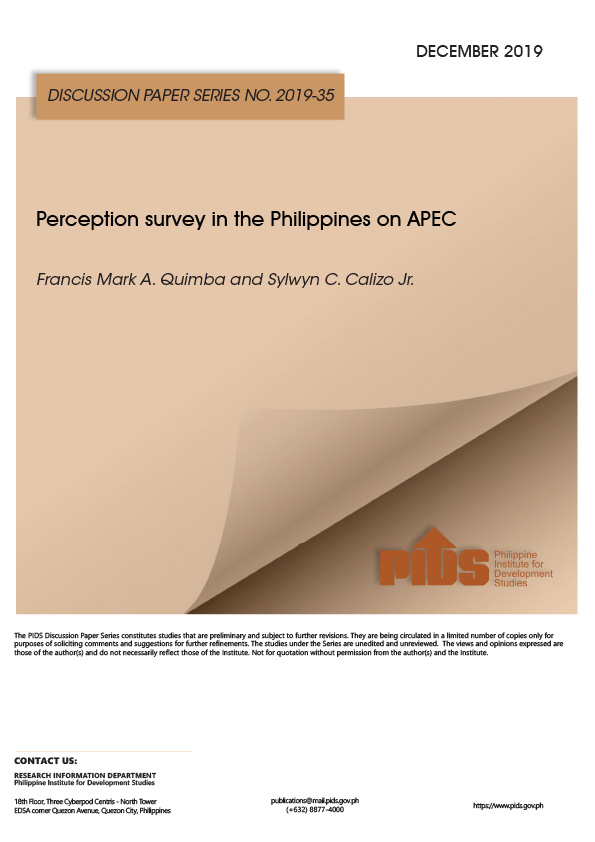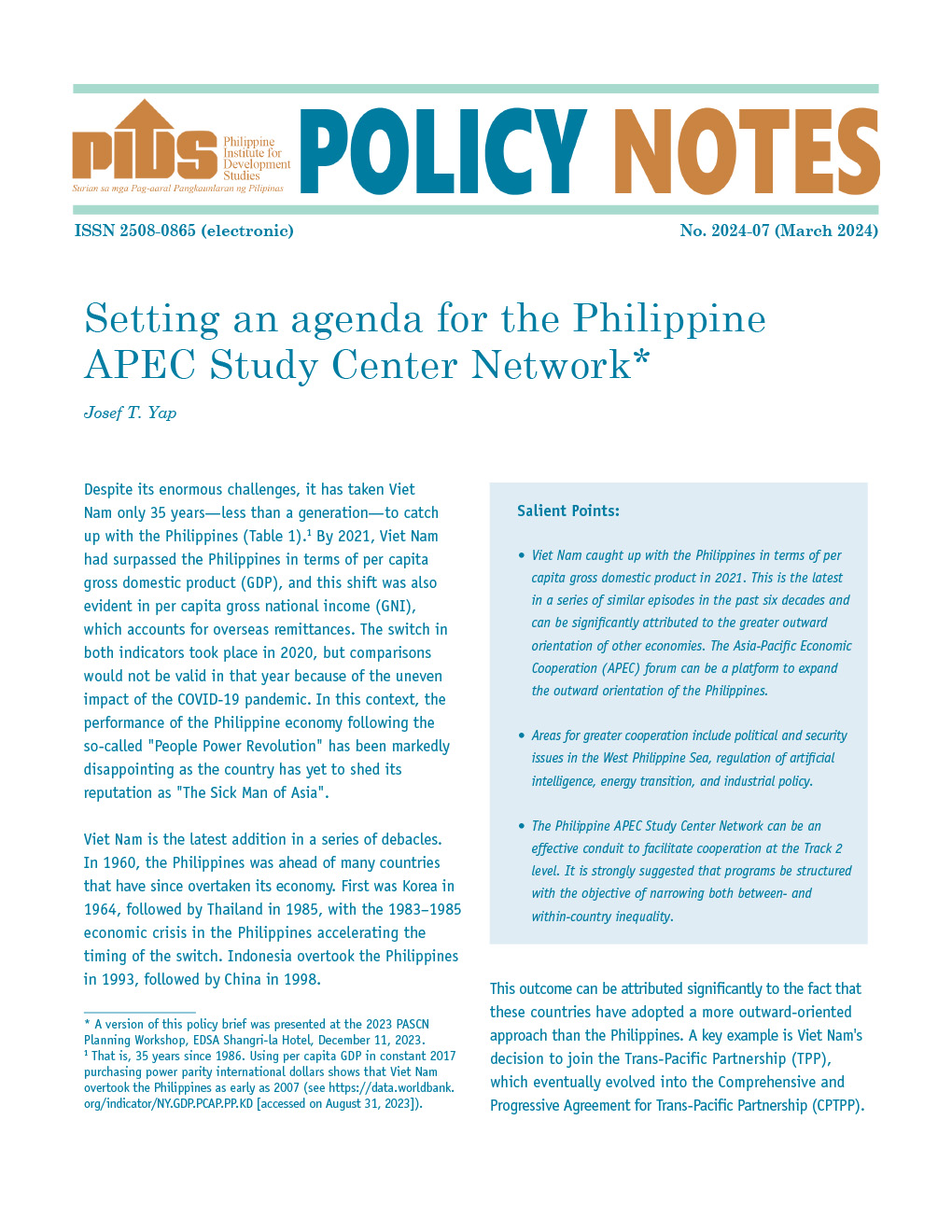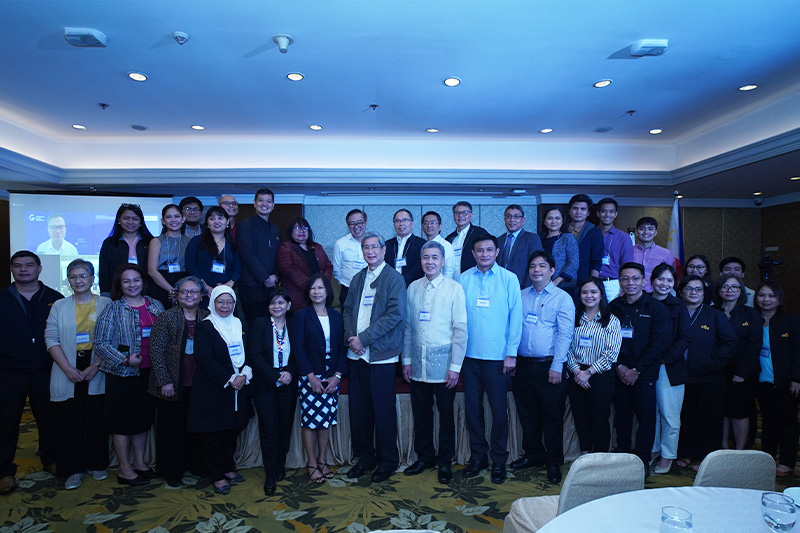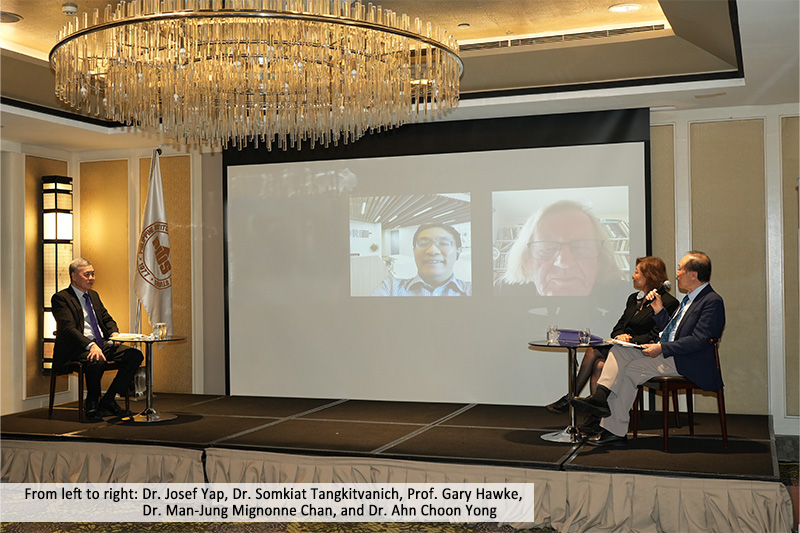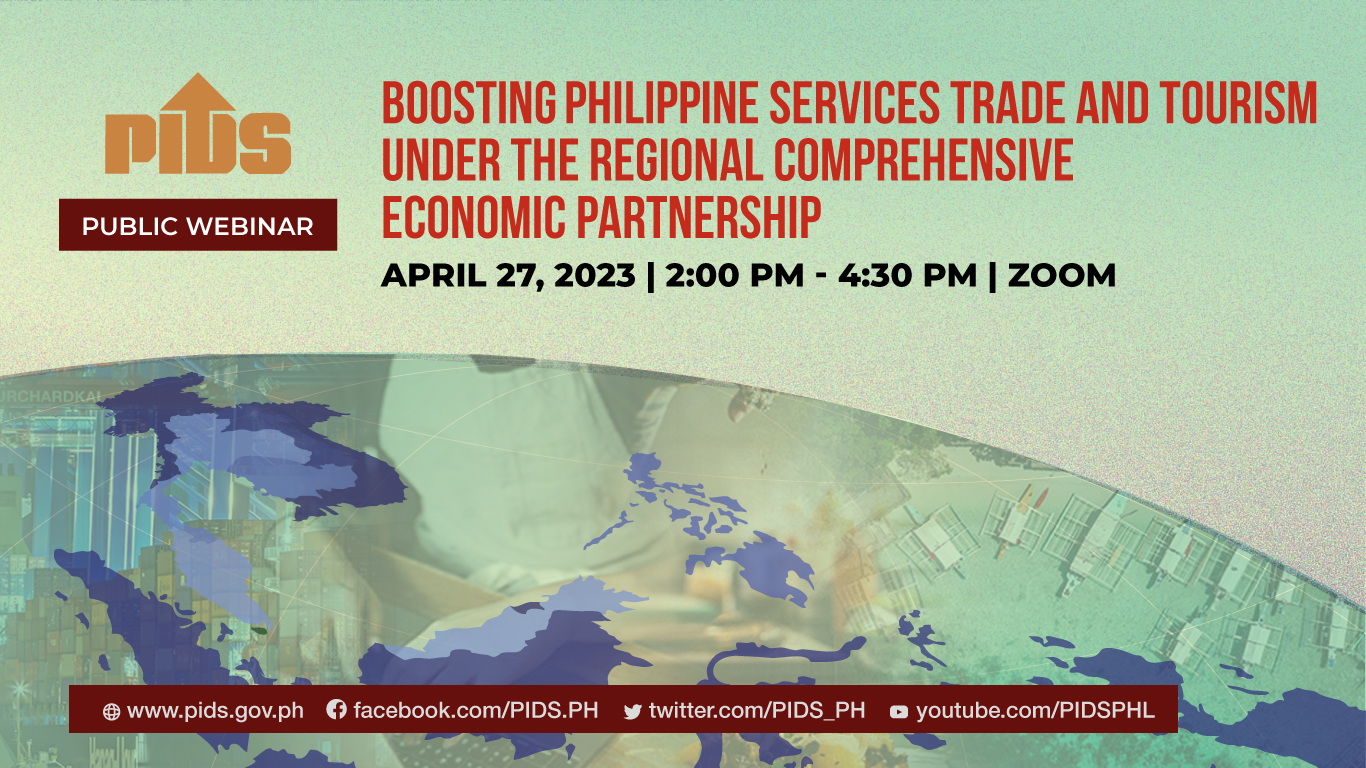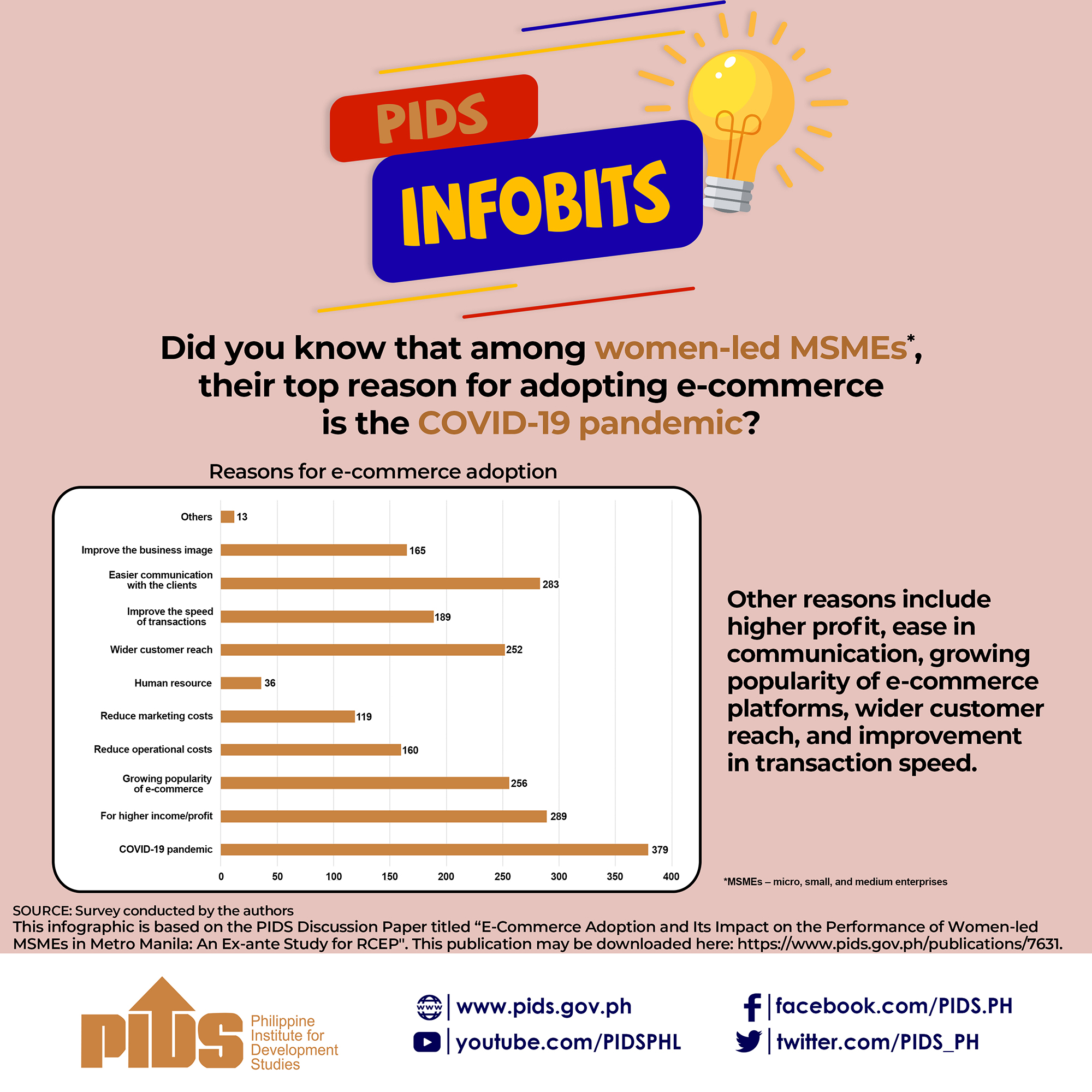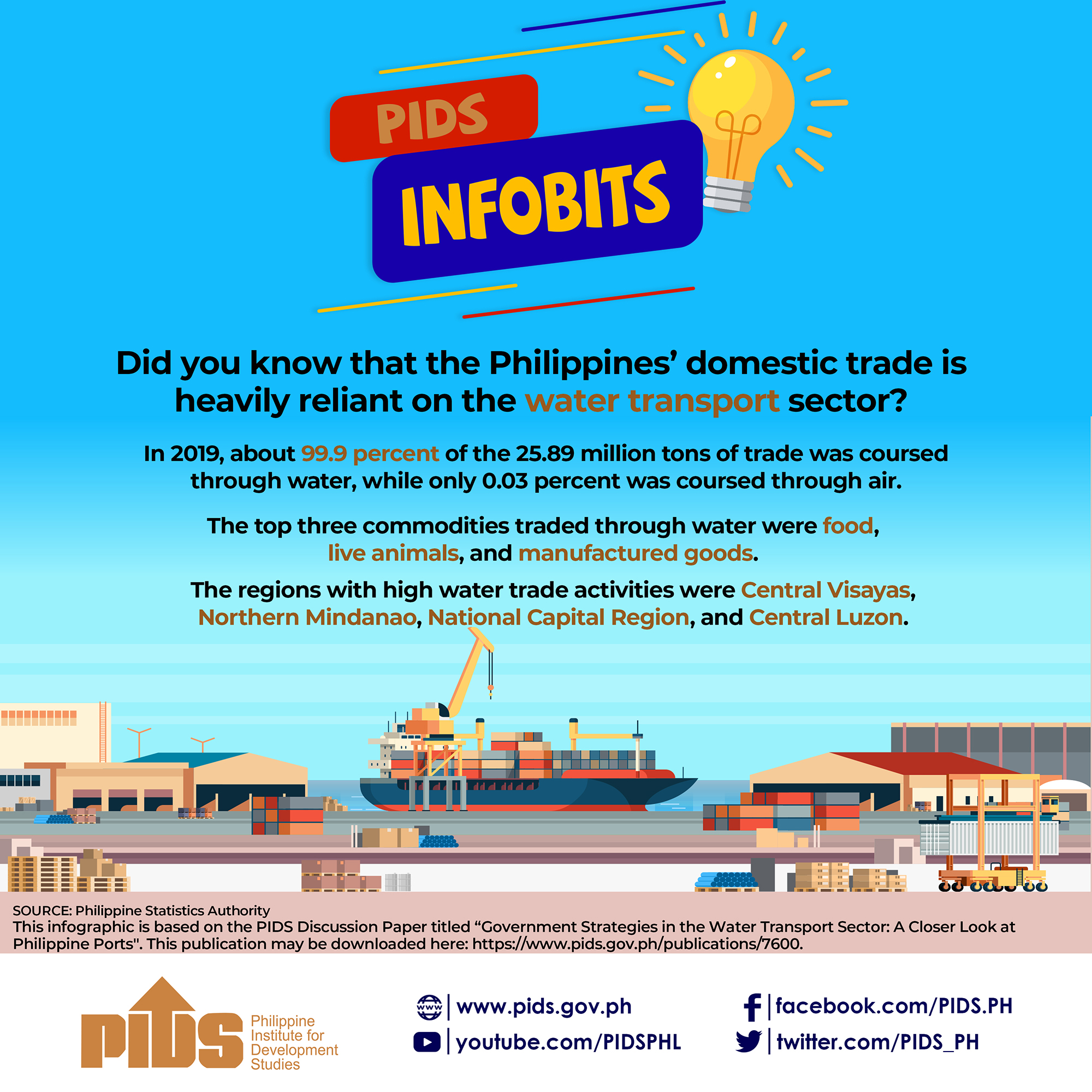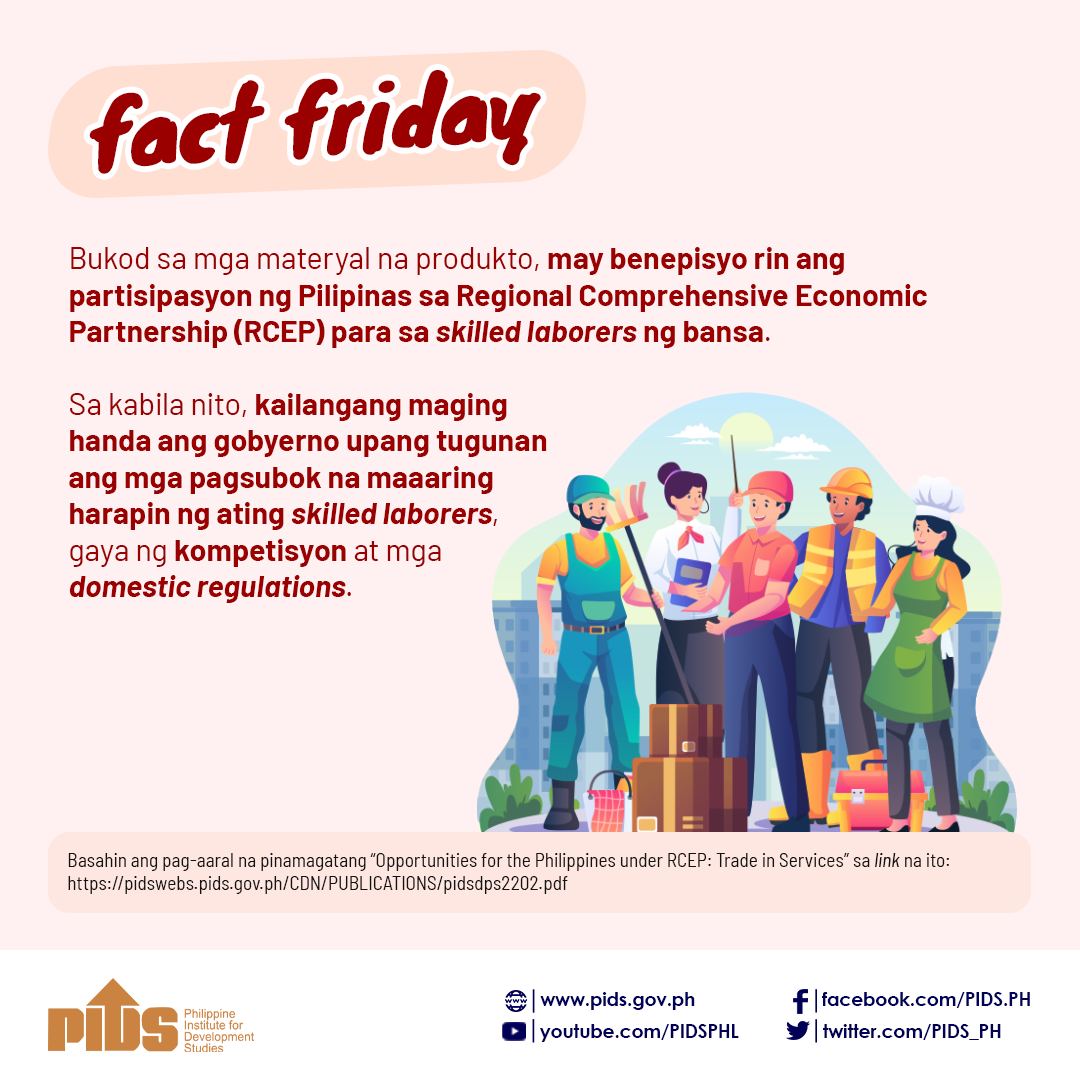The Philippines should strengthen its bilateral trade and investment relationship with Latin American countries amidst the growing regionalism and globalization to take advantage of the potential benefits that may arise from such linkages.
This was suggested by Alexander Michael Palma in his paper with the state think tank Philippine Institute for Development Studies (PIDS) titled, Strengthening Bilateral Trade and Investment Relationship Between Latin America and The Philippines: Beyond Economic Diplomacy.
According to Palma, the modest trade relationship between the Philippines and Latin American countries exhibits great promise. His observation is based on the positive outcome of the countrys existing bilateral trade and investment agreements with Chile and Argentina.
Futhermore, he suggested that the present magnitude of trade and extent of economic integration between Latin America and the ASEAN-5, composed of the Philippines, Singapore, Malaysia, Indonesia and Thailand, also provide a basis for exploring prospects of trade cooperation between the two sub-regional groupings.
Palmas findings revealed that Filipino exporters of manufactured items and transport equipment will benefit greatly if the Philippines decides to enter into trade agreements with more Latin American countries.
There is a good market for manufactured articles such as shirts, dresses, jackets and footwear and transport equipment, as these items comprised the bulk 93 percent of total exports to Latin American countries in 2000, Palma cited.
This was suggested by Alexander Michael Palma in his paper with the state think tank Philippine Institute for Development Studies (PIDS) titled, Strengthening Bilateral Trade and Investment Relationship Between Latin America and The Philippines: Beyond Economic Diplomacy.
According to Palma, the modest trade relationship between the Philippines and Latin American countries exhibits great promise. His observation is based on the positive outcome of the countrys existing bilateral trade and investment agreements with Chile and Argentina.
Futhermore, he suggested that the present magnitude of trade and extent of economic integration between Latin America and the ASEAN-5, composed of the Philippines, Singapore, Malaysia, Indonesia and Thailand, also provide a basis for exploring prospects of trade cooperation between the two sub-regional groupings.
Palmas findings revealed that Filipino exporters of manufactured items and transport equipment will benefit greatly if the Philippines decides to enter into trade agreements with more Latin American countries.
There is a good market for manufactured articles such as shirts, dresses, jackets and footwear and transport equipment, as these items comprised the bulk 93 percent of total exports to Latin American countries in 2000, Palma cited.

